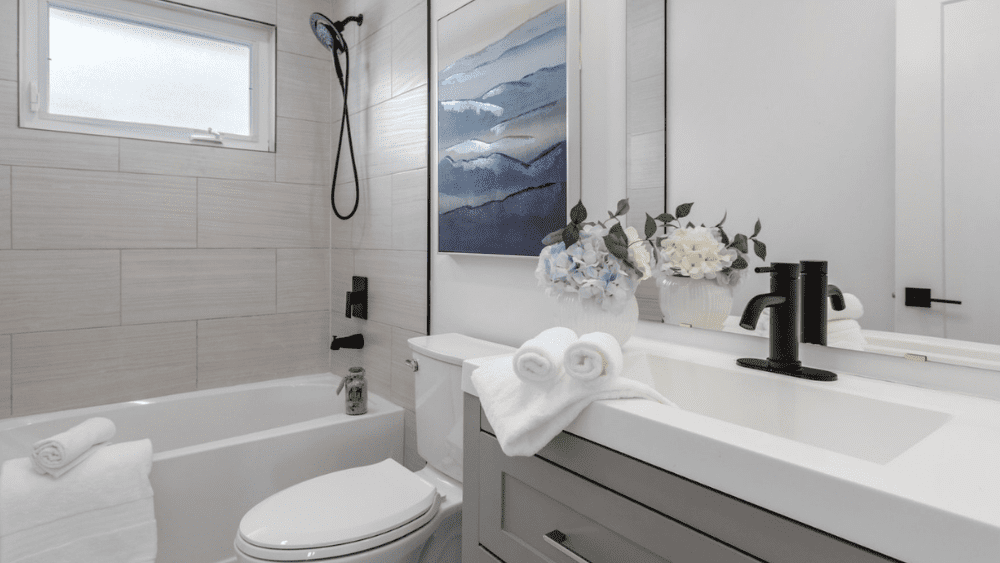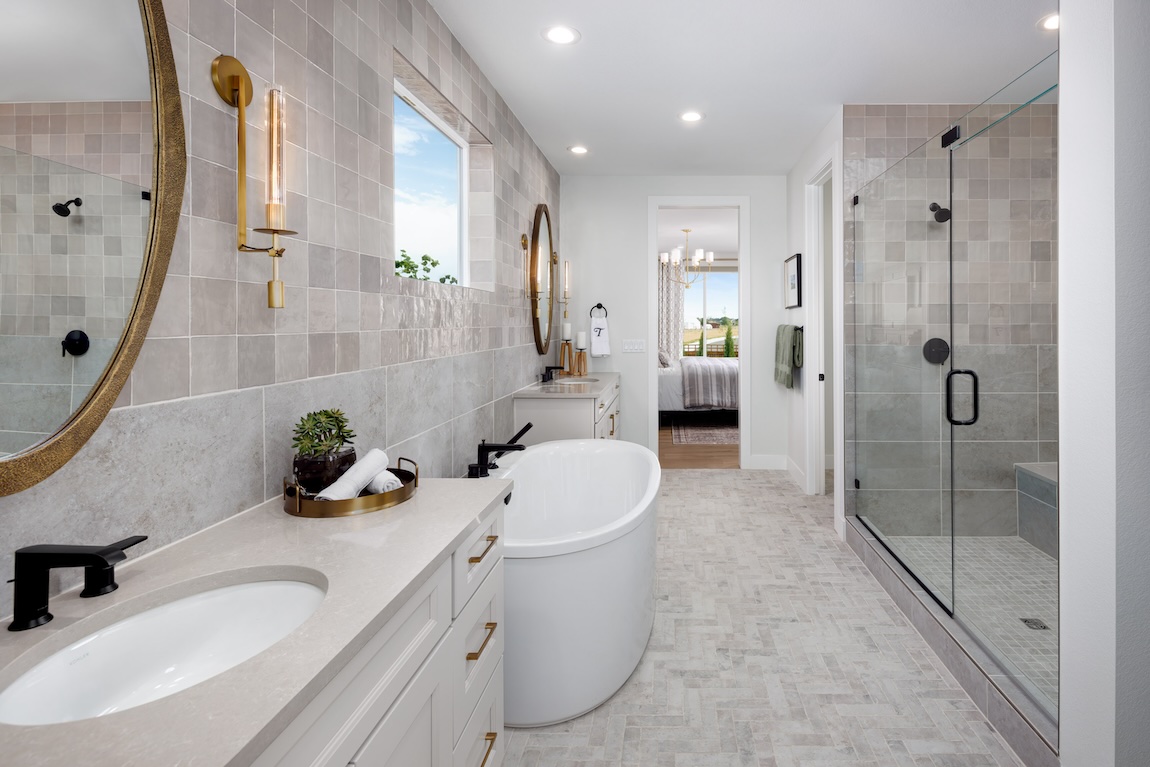
Dual flush toilet retrofitting: Is it Worth the Investment?
Share
In an era where sustainability is not just a buzzword but a way of life, the concept of dual flush toilet retrofitting is gaining traction among tech professionals and enthusiasts. This simple yet effective upgrade can significantly reduce water usage, making it an attractive option for those who are conscious of both their environmental footprint and utility bills. But what exactly does this retrofitting involve, and is it worth the investment?

Understanding Dual Flush Toilet Retrofitting
The idea of a dual flush toilet is not new, but its application in retrofitting existing toilets is a relatively recent development. Essentially, a dual flush system allows the user to choose between two different flush volumes: a full flush for solid waste and a reduced flush for liquid waste. By installing a dual flush retrofit kit, homeowners can transform their conventional toilets into more water-efficient versions.
According to a report by the EPA, toilets account for nearly 30% of an average home's indoor water consumption. By retrofitting to a dual flush system, users can potentially save thousands of gallons of water each year. This is not only beneficial for the environment but also translates into substantial savings on water bills.
Why Tech Enthusiasts Should Consider Retrofitting
Tech enthusiasts are often at the forefront of adopting new technologies that promise efficiency and sustainability. Dual flush toilet retrofitting fits this bill perfectly, offering a blend of innovation and eco-friendliness. The process of retrofitting is relatively straightforward and can be carried out with a few basic tools, making it an ideal project for DIY enthusiasts.
Moreover, the integration of technology in water conservation is a growing trend. Smart home systems now offer features that can monitor water usage and detect leaks, providing users with detailed insights into their consumption patterns. For tech-savvy individuals, coupling these systems with dual flush retrofitting can lead to a more comprehensive approach to water management.
The Cost Factor: Is Retrofitting Economical?
When it comes to home improvements, cost is often a primary consideration. The good news is that dual flush retrofit kits are relatively affordable, with most kits priced between $20 and $50. Considering the potential savings on water bills, the return on investment can be quite substantial. For those interested in further reducing costs, some municipalities offer rebates for water-saving upgrades, making the decision to retrofit even more appealing.
Additionally, the installation process is straightforward, often requiring less than an hour to complete. This means homeowners can quickly start reaping the benefits of reduced water usage without significant upfront costs or labor.
Environmental Impact: A Step Towards Sustainable Living
Beyond the financial benefits, dual flush toilet retrofitting plays a crucial role in promoting sustainable living. By reducing water consumption, users contribute to the conservation of this precious resource, which is becoming increasingly scarce in many parts of the world.
Incorporating water-saving technologies into everyday life is an important step towards reducing our overall environmental impact. For those interested in learning more about the broader implications of bathroom water use, this article on environmental impact offers valuable insights.
Additional Resources for Tech Professionals
For tech professionals interested in exploring further, there are numerous resources available. Websites like Scope Zero offer comprehensive guides on water-saving technologies, while forums and online communities provide platforms for sharing experiences and advice.
Moreover, integrating smart home technology with water-saving solutions can lead to even greater efficiency. For instance, smart sensors can detect leaks and alert homeowners to potential issues before they become major problems. This proactive approach to water management is just one of the many ways tech can enhance our daily lives.
Conclusion: Is It Worth It?
Ultimately, the decision to pursue dual flush toilet retrofitting depends on individual circumstances and priorities. For tech enthusiasts and professionals committed to sustainability and innovation, this upgrade offers a practical and impactful way to reduce water usage and lower utility costs.
By embracing this simple yet effective technology, individuals can play a part in the global effort to conserve water and protect our planet's resources. For those ready to take the plunge, this guide on reducing water bills provides a helpful starting point.

Frequently Asked Questions
What is the primary advantage of dual flush toilet retrofitting?
The main advantage is significant water conservation, which can lead to reduced water bills and a positive environmental impact.
How difficult is the retrofitting process?
The retrofitting process is relatively simple and can typically be completed within an hour using basic tools.
Are there any rebates available for dual flush retrofitting?
Yes, many municipalities offer rebates for water-saving upgrades, making the retrofitting process more cost-effective.
This article contains affiliate links. We may earn a commission at no extra cost to you.
